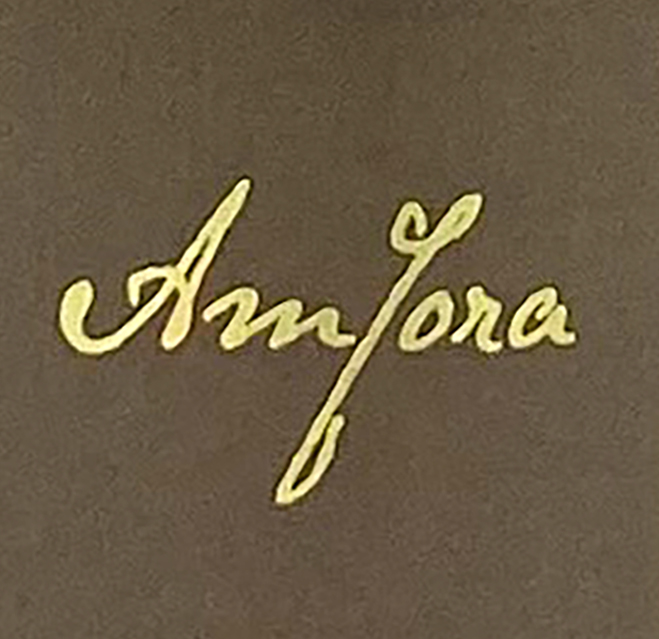VINTAGE: 2016
REGION: Slovenia, Goriška Brda, Šlovrenc.
VINEYARD(S): Velika Brajda, Dobrovo.
ALTITUDE: 400m - 800m
SOIL COMPOSITION: Marl, Flysh, Argile, Clay.
PREVAILING CLIMATE & LOCAL CLIMACTIC: Converging Mediterranean and Alpine climate.
FARMING OF VINEYARD: Low/no till, ecological treatments, manure.
COMPOSITION: Merlot, Cabernet Franc, Cabernet Sauvignon.
HARVEST: Late September/October.
MACERATION: during fermentation, 1 month.
FERMENTATION: Spontaneous fermentation in Kvevri.
AGING: 24 months aging in Kvevri, racking to steel and bottling.
FINING & FILTRATION METHODS: None.
DATE OF BOTTLING: March, 2014.
BOTTLES PRODUCED: 6,000.
REGION: Slovenia, Goriška Brda, Šlovrenc.
VINEYARD(S): Velika Brajda, Dobrovo.
ALTITUDE: 400m - 800m
SOIL COMPOSITION: Marl, Flysh, Argile, Clay.
PREVAILING CLIMATE & LOCAL CLIMACTIC: Converging Mediterranean and Alpine climate.
FARMING OF VINEYARD: Low/no till, ecological treatments, manure.
COMPOSITION: Merlot, Cabernet Franc, Cabernet Sauvignon.
HARVEST: Late September/October.
MACERATION: during fermentation, 1 month.
FERMENTATION: Spontaneous fermentation in Kvevri.
AGING: 24 months aging in Kvevri, racking to steel and bottling.
FINING & FILTRATION METHODS: None.
DATE OF BOTTLING: March, 2014.
BOTTLES PRODUCED: 6,000.
It was an earlier vintage of the original Amfora that introduced us to authentically produced Kartuli method wine. Kartuli method is the practice of fermenting and aging white grapes with the skins in massive buried terracotta vessels called kvevri. This inspired our original curiosity in Georgian wine and reoriented our attention forever. Red Amfora is made in this same manner but with red grapes rather than white. It is a wine a decade or more in the making. Numerous vintages of the very best red fruit of their harvest was vinified in Kvevri only for Jean-Michel to end up unsatisfied with the wine and converting it to schnapps and vinegar. Originally he was trying to make the wine in the same manner as the white version. It turns out this long vinification did not suit the red varieties. This is the first vintage of Red Amfora that was bottled under the KABAJ label. Where one would expect to find something exotic the wine is instead defined by ads sophistication. It is subtle, debonaire, reminiscent of an old style of red wine where the dichotomy of fruit and animal are the prime source of a wine's intrigue. For a wine of such dark character the wine has a lively freshness that makes it easy drinking. Paradoxically the long skin contact results in a wine that is less tannic rather than more. So while it was in contact with the skins for a long time the ultimate effect is that it lends the wines a fineness that is more typical of their long aged bottles. Wines from the early 2000's that only appear from time to time in the restaurant.

